Shehbaz Sharif Sworn in as Pakistan’s Prime Minister Amid Controversy and Challenges
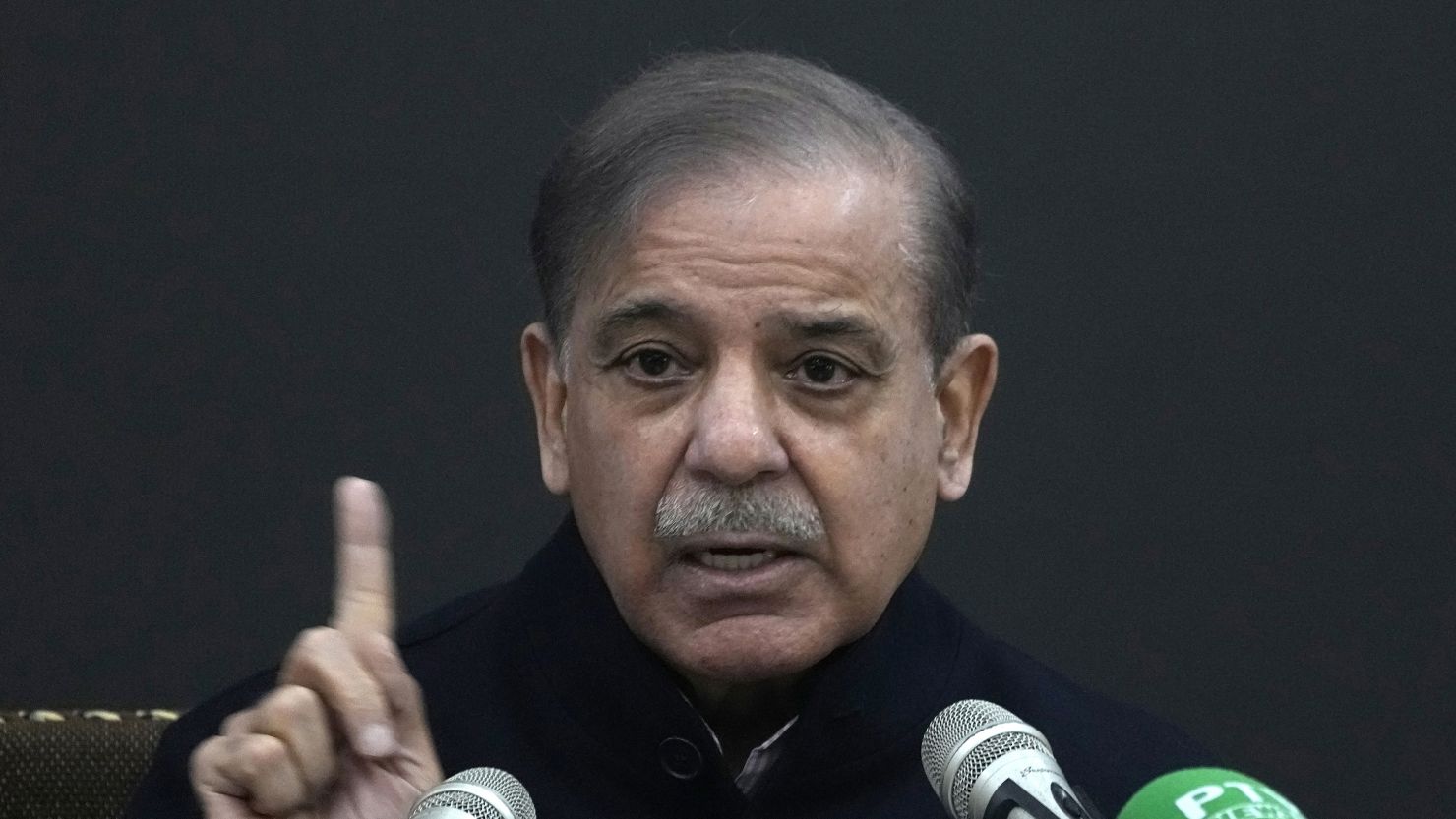
Islamabad —Shehbaz Sharif has assumed office as Pakistan’s prime minister for the second time, marking the culmination of a tumultuous post-election period rife with allegations of vote-rigging and political upheaval.
In the aftermath of the inconclusive general election on February 8, no party secured a clear majority. However, candidates associated with the PTI party of incarcerated former Prime Minister Imran Khan managed to secure the highest number of seats, albeit as independents, with 102 seats. The Pakistan Muslim League Nawaz party (PMLN), led by former Prime Minister Nawaz Sharif, emerged as the second-largest party with 73 seats, while the Pakistan People’s Party (PPP) secured 54 seats.
With the support of his brother Nawaz Sharif, Shehbaz Sharif has returned to power, leading a coalition government with the PMLN. The opposition’s discontent was palpable during Sharif’s parliamentary address, with accusations of theft hurled at him.
Under the coalition agreement, Asif Ali Zardari of the PPP assumes the presidency, continuing the legacy of his late wife, former Prime Minister Benazir Bhutto.
Sharif’s re-ascendancy to the premiership comes against the backdrop of Imran Khan’s imprisonment on charges including corruption and divulging state secrets. Khan’s recent sentencing, alongside his wife, has further exacerbated political tensions in the country.
Challenges loom large for the new government, notably the country’s escalating poverty crisis and the imperative to engage in negotiations with the International Monetary Fund (IMF) to stabilize Pakistan’s economy.
Moreover, the lingering presence of Khan’s fervent supporters, who continue to protest against the authorities, poses an additional hurdle for Sharif’s administration as it seeks to navigate Pakistan’s complex political landscape.






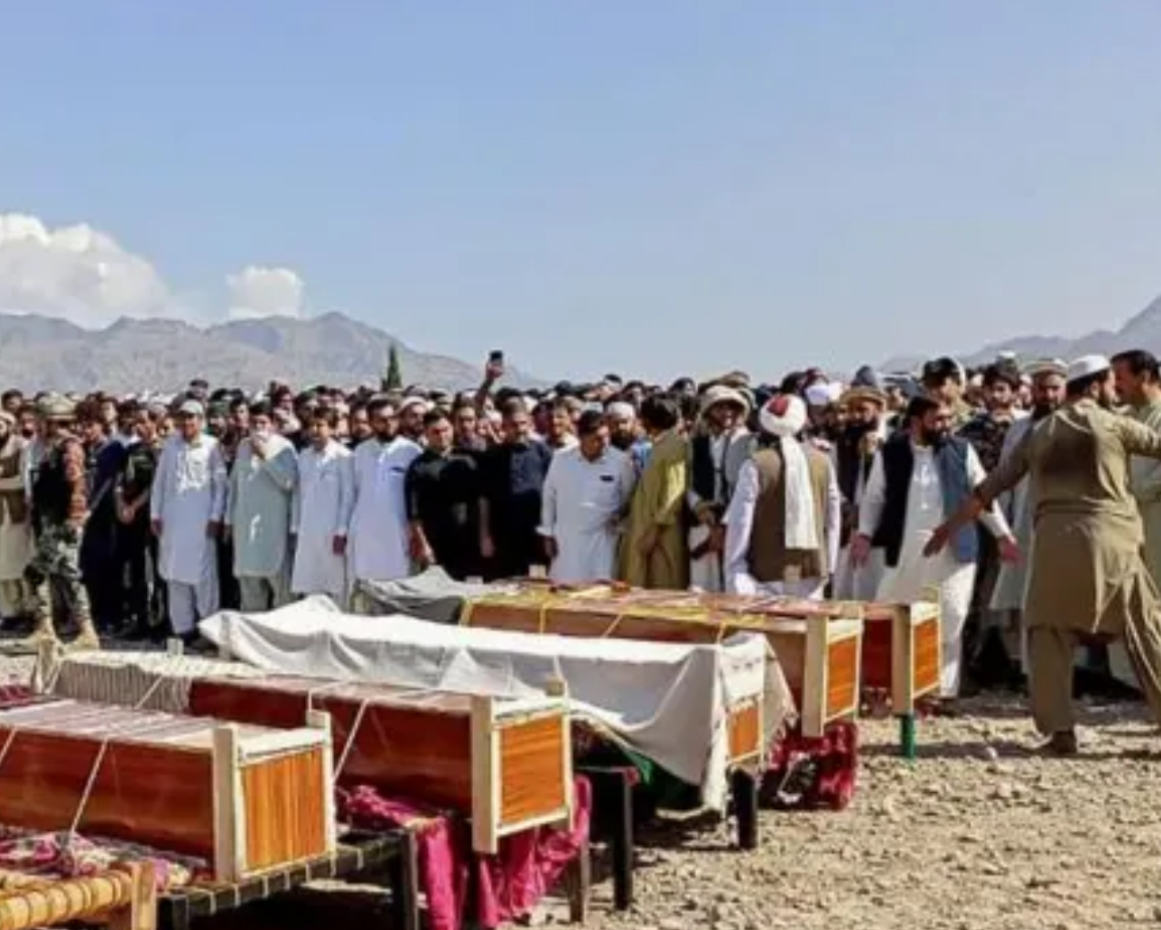
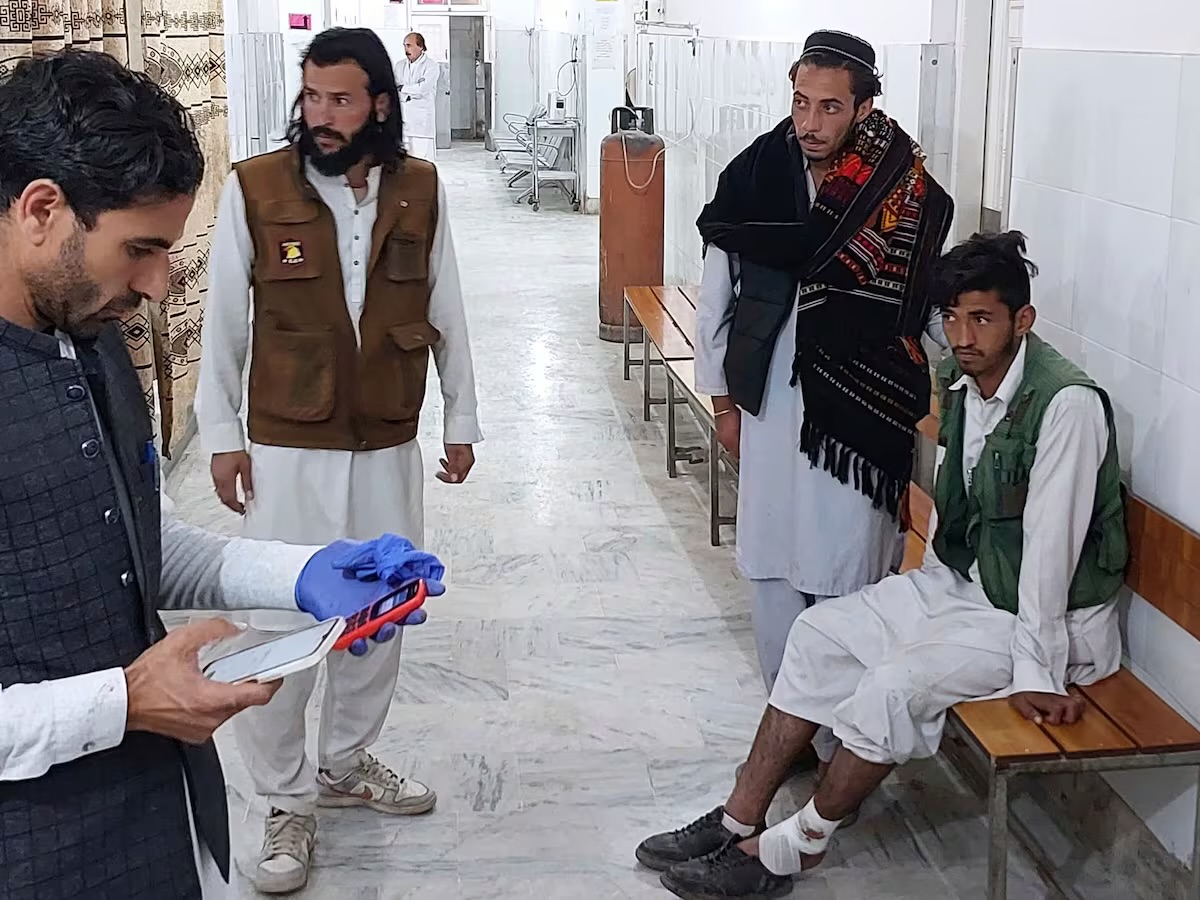
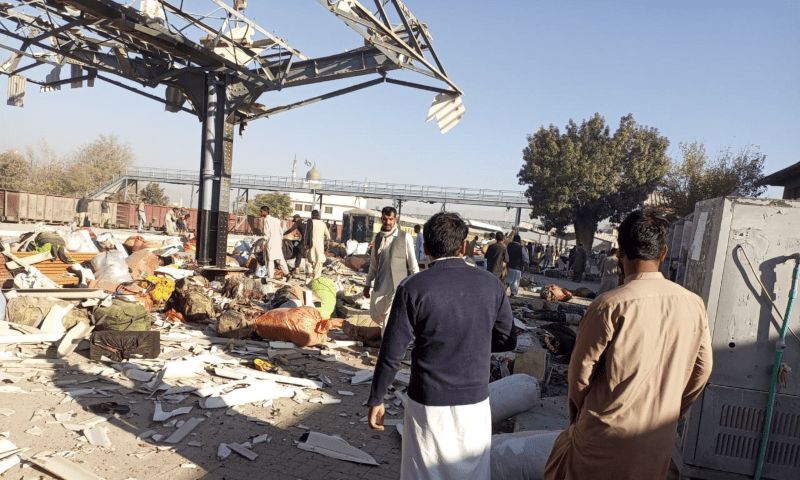
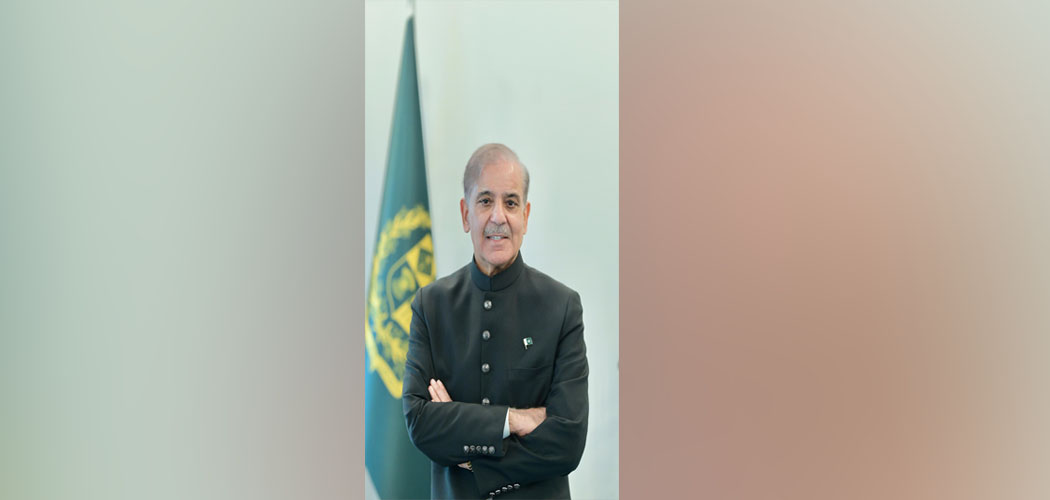
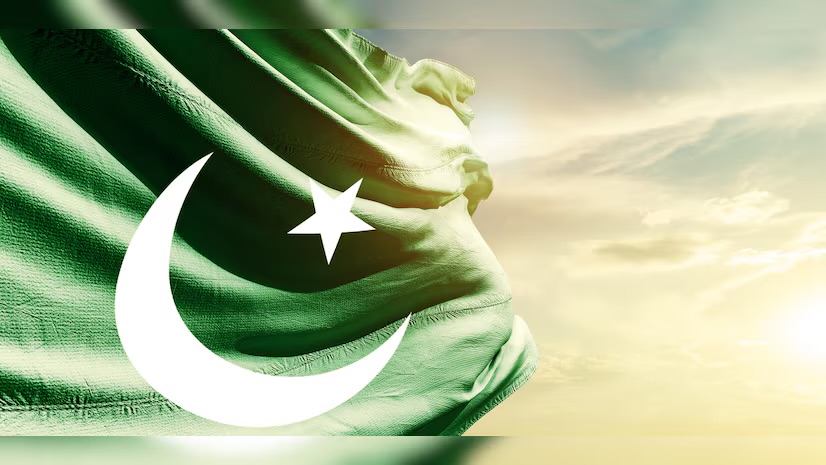


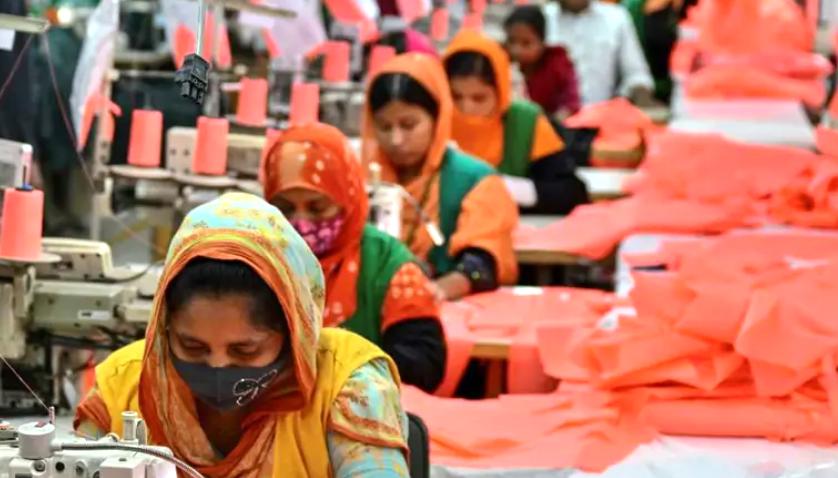
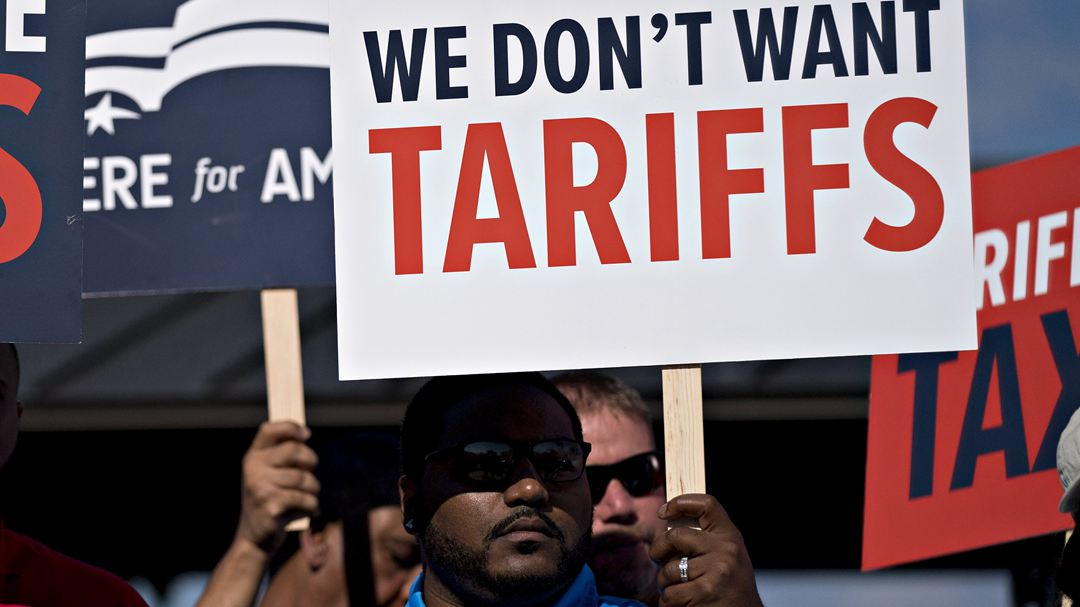




Facebook Comments